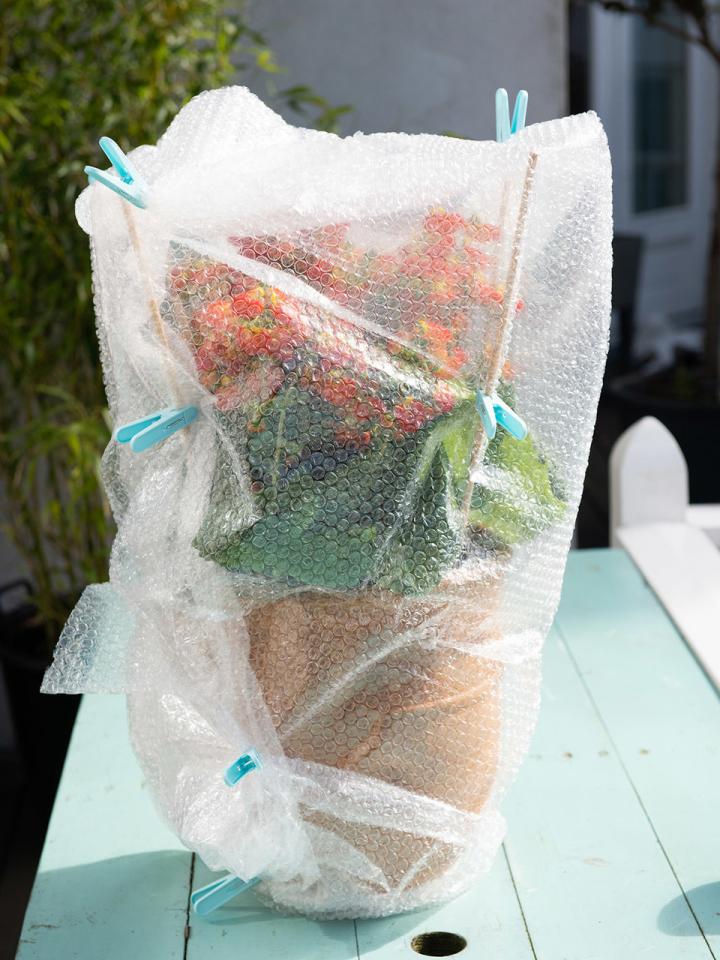what is ice saints and where does the name come from?
Ice saints refers to a period of folk weather science in May which traditionally marks the last period of chilly, frost-filled weather before nicer weather takes hold. It refers to the name days of a number of Catholic saints, namely St Mamertus (11 May), St Pancras (12 May) and St Servatius (13 May). St Pancras is familiar to Bris thanks to the saint kindly lending his name to a major London railway station.
According to pop meteorology, these days in May are the last days in spring when there is still the chance of a frosty night. These days are seen as a transition to summer and a celebration of the start of warmer weather in Germany, the Netherlands, Poland, Austria and Switzerland. Night frosts may still occur after mid-May, but the chances of that happening is very small.
WHEN IS ICE SAINTs?
Ice Saints falls on the same dates in May every year, namely 11, 12, 13 and 14 May. In some countries (such as Germany and Switzerland), 15 May also used to be counted as part of Ice Saints. While usually by May warmer weather has arrived, in Europe these days traditionally marks the end of the chance of nighttime frost and the beginning of warmer days.
ICE SAINTS AROUND THE WORLD
Although the term Ice Saints is used in Europe (and is especially familiar in central Europe where most countries experience all four of the seasons), similar phenomena can be found around the world. In North America, late spring frosts are referred to as a blackberry winter, named after the period when blackberry bushes are in bloom b it can still be treacherously cold.
In parts of Latin America, including Mexico, a similar period is called los santos de hielo, meaning 'the saints of frost'. In Russia, a similar phenomenon is called ledovye mayskiye dni, which means something like 'icy May days'.

PROTECTING CROPS AND GARDEN PLANTS FROM LATE FROSTS
Gardeners and farmers usually take precautions to protect their crops from possible night frost until Ice Saints is over. For your garden or balcony, it's smart to protect frost-sensitive garden plants from chilly spring nights: cover them, put them under a canopy or bring them inside. If your outdoor space could use some cheerful colour and you don't want to wait until after Ice Saints to plant, consider choosing some beautiful, frost-resistant garden plants, such as these colourful flowering plants.
is ice saints over? It's time to plant your garden!
After these days are over, the risk of frost is greatly reduced, which is the starting signal to fill your garden with colourful garden flowers! Visit your favourite garden centre or local nursery, collect beautiful annual flowering plants and plant them in the ground with confidence. Why not choose garden plants with a nice summery look, such as Mandevilla or Spanish daisy? If there's a very late cold snap, check out how to protect your garden plants against frosts here.
HOW IS ICE SAINTS CELEBRATED?
In some parts of Europe (such as Germany, Austria and Switzerland), traditional communities hold festive gatherings during Ice Saints, such as processions and special church services. Those local traditions and rituals are often colourful and lively, with local costumes, music and dance.













